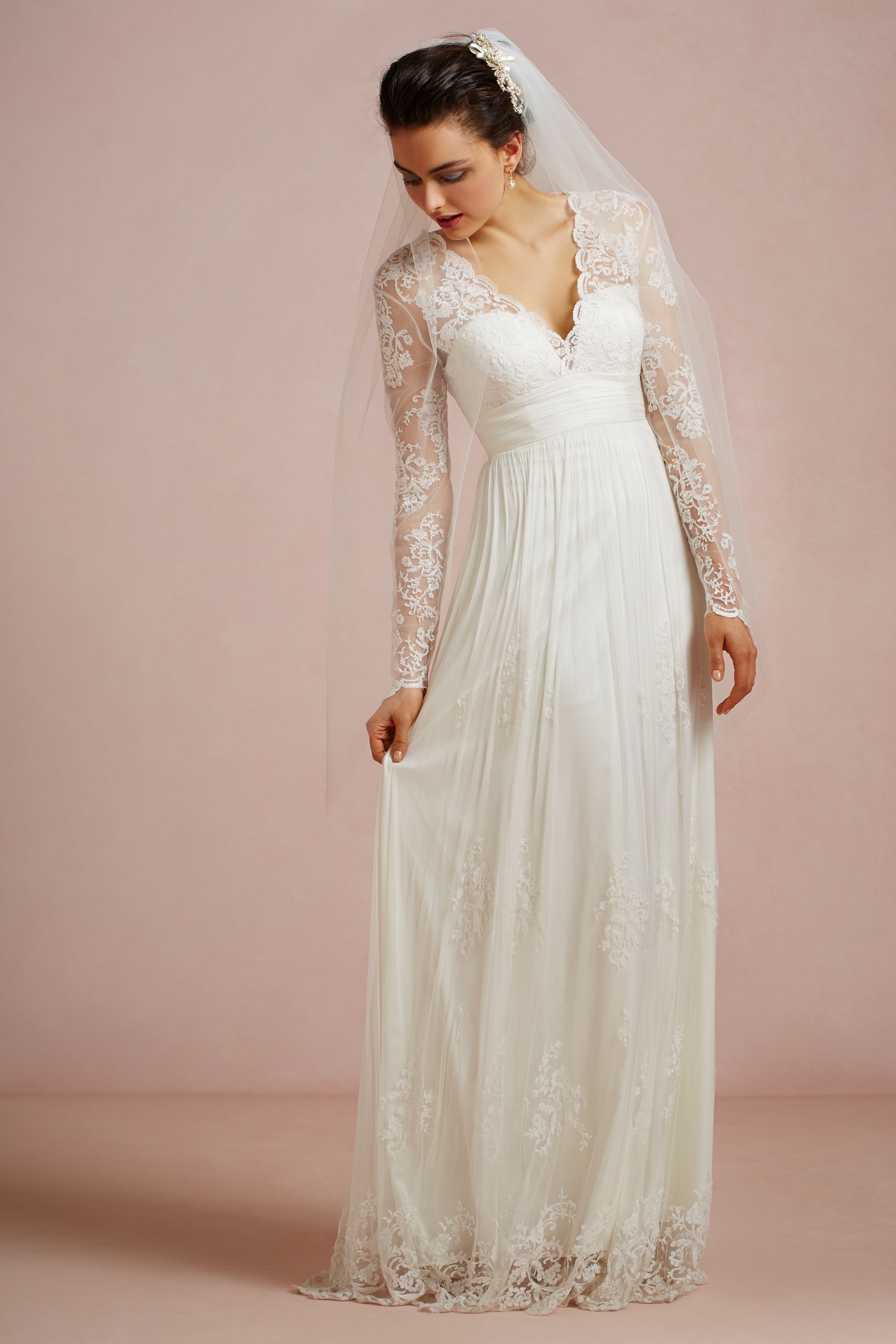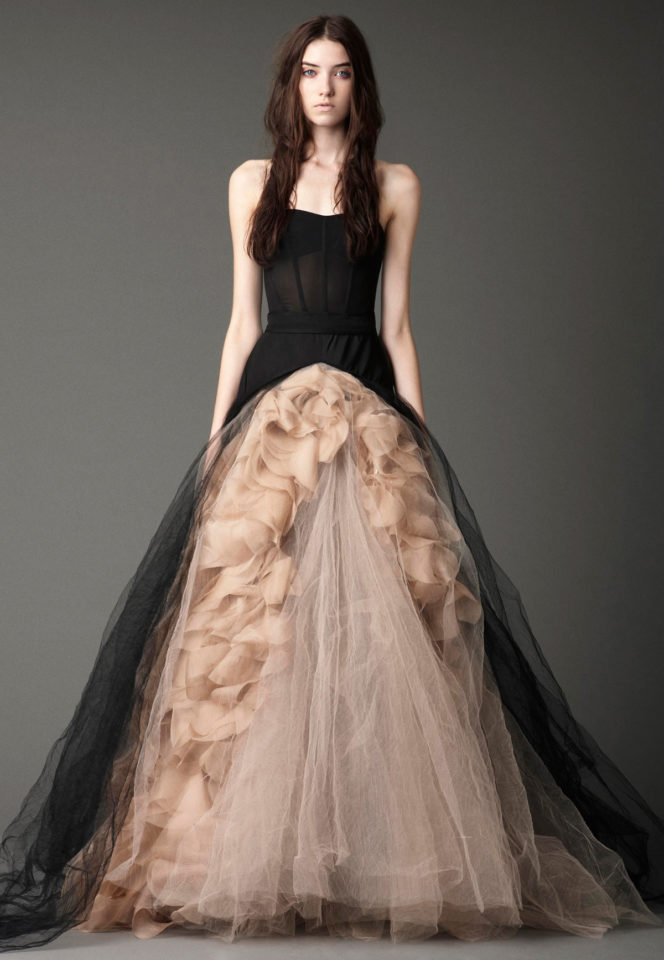Indian wedding traditions sabyasachi photographs range
Table of Contents
Table of Contents
Indian weddings are known for their vibrant colors, music, and traditions, especially when it comes to Indian wedding traditions dress. Every Hindu wedding is unique and filled with fascinating customs that leave the guests in awe. In this article, we will explore the beauty and symbolism behind Indian wedding dress traditions.
Pain Points of Indian Wedding Traditions Dress
In the world of Indian weddings, finding the perfect dress can be a daunting task. There are so many options to choose from, and every bride wants to look her best on her big day. However, the pressure to conform to cultural norms and expectations can be overwhelming, especially for those who are not familiar with Indian wedding traditions dress.
Target of Indian Wedding Traditions Dress
The target of Indian wedding traditions dress is to honor the ancient customs and beliefs surrounding marriage, as well as to showcase the bride and groom’s social status. Every detail of the wedding attire, from the colors to the intricate designs, holds deep significance and tells a story.
Summary of Main Points
In summary, Indian wedding traditions dress is steeped in symbolism and tradition, with every detail holding a special meaning. The process of selecting the perfect dress can be overwhelming for those who are not familiar with the customs and expectations. However, by understanding the target and purpose of Indian wedding dress traditions, one can better appreciate the beauty and significance behind this cultural practice.
The Significance of the Red Sari
One of the most recognizable and iconic pieces of Indian wedding traditions dress is the red sari worn by the bride. Red is a symbol of auspiciousness and fertility, and is thought to bring good luck and happiness to the couple. Personally, I remember the excitement and joy I felt when I first tried on my red sari for my sister’s wedding. The intricate beading and beautiful detailing made me feel like a princess.
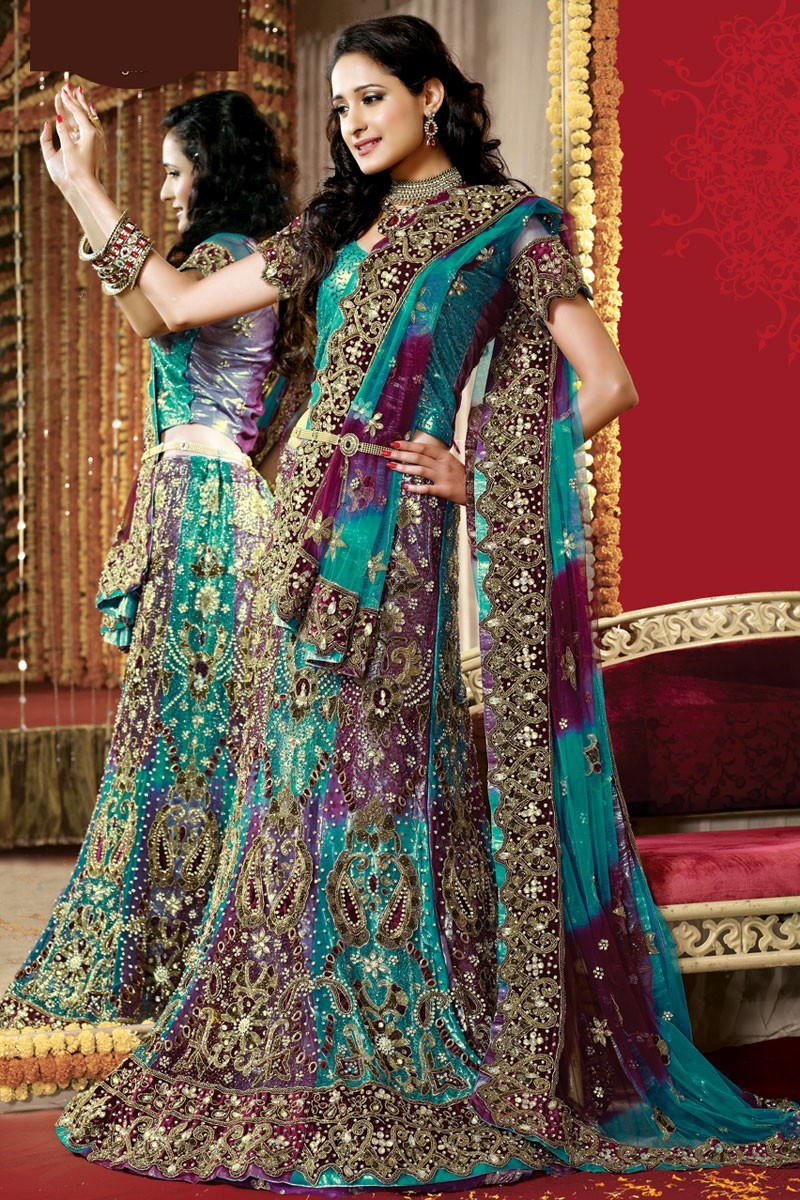 The red sari is often paired with gold jewelry, which is another symbol of good fortune and prosperity. Indian weddings are also known for their colorful and intricate designs, which are often made by hand and passed down through generations.
The red sari is often paired with gold jewelry, which is another symbol of good fortune and prosperity. Indian weddings are also known for their colorful and intricate designs, which are often made by hand and passed down through generations.
The Role of Turmeric
Another fascinating aspect of Indian wedding traditions dress is the use of turmeric paste, also known as haldi. This bright yellow paste is applied to the bride and groom’s face, hands, and feet during the pre-wedding ceremonies. Turmeric is believed to have purifying properties and is thought to ward off evil spirits. It also gives the skin a golden glow, making the bride and groom look radiant on their big day.
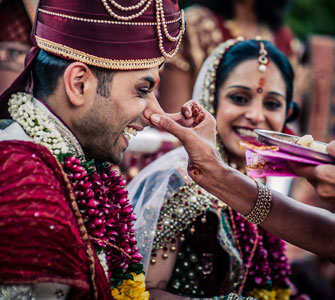 The application of turmeric is a fun and lighthearted tradition that brings family and friends together, often resulting in some hilarious photos that are treasured for years to come.
The application of turmeric is a fun and lighthearted tradition that brings family and friends together, often resulting in some hilarious photos that are treasured for years to come.
The Role of Mehndi
Mehndi, also known as henna, is a form of temporary body art that is popular in Indian weddings. It involves applying intricate designs to the hands and feet using a paste made from the henna plant. Mehndi is thought to ward off evil spirits and is a symbol of good luck and fortune. It is also believed to have cooling properties, which is why it is often applied to the bride’s hands and feet before the wedding.
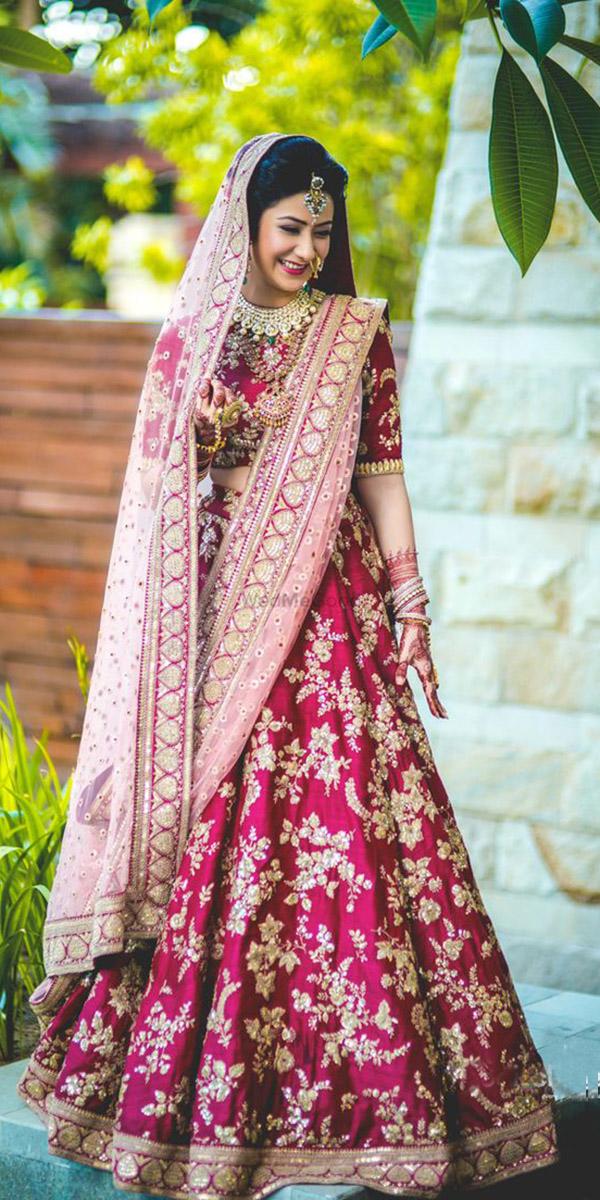 Mehndi ceremonies are a fun and festive occasion, with family and friends coming together to celebrate the upcoming wedding. The process of applying mehndi can take several hours, but the end result is a beautiful and intricate design that is unique to each bride.
Mehndi ceremonies are a fun and festive occasion, with family and friends coming together to celebrate the upcoming wedding. The process of applying mehndi can take several hours, but the end result is a beautiful and intricate design that is unique to each bride.
Question and Answer
Q: Can non-Indian brides wear traditional Indian wedding attire?
A: Yes, non-Indian brides are welcome to wear traditional Indian wedding attire. In fact, many brides choose to embrace the beauty and cultural significance behind Indian wedding dress traditions, even if they do not come from an Indian background.
Q: What are some other colors besides red that are popular in Indian wedding dress?
A: While red is the most popular color for Indian wedding dress, other colors such as gold, green, and pink are also commonly used. The choice of color often depends on the region and cultural traditions of the bride and groom.
Q: What is the significance of the wedding veil in Indian culture?
A: The wedding veil, also known as the ghunghat, is a symbol of modesty and respect for the bride. It is worn to cover the face during the ceremony and is removed once the bride and groom exchange garlands and vows.
Q: How long does it take to apply mehndi?
A: The process of applying mehndi can take several hours, depending on the complexity of the design. It is typically applied the day before the wedding ceremony and left on overnight to allow the dye to fully develop.
Conclusion of Indian Wedding Traditions Dress
Indian wedding traditions dress is a beautiful and fascinating aspect of Hindu culture. From the iconic red sari to the intricate mehndi designs, every detail holds deep significance and tells a story. By understanding the symbolism and traditions behind Indian wedding dress, we can better appreciate the beauty and intricacy behind this cultural treasure.
Gallery
What Are Indian Wedding Traditions? – Mauli Rituals

Photo Credit by: bing.com / indian wedding traditions sabyasachi photographs range
Indian Wedding Dresses: 21 Exciting Fusion Ideas | Wedding Dresses Guide

Photo Credit by: bing.com / indian jodi clikers bridal aviraj saluja kalkifashion
South Indian Wedding Traditions And Customs - 27 How To Plan A Wedding

Photo Credit by: bing.com / south customs indianholiday rituals foreigners
Indian Wedding Dresses | DressedUpGirl.com

Photo Credit by: bing.com / indian wedding dresses dress dressedupgirl
Indian Wedding Dresses 2014 ~ Indian Wedding

Photo Credit by: bing.com / indian wedding dresses marriage bridal traditional dress india beautiful girls girl latest gowns style gown look weddings makeup ceremony

